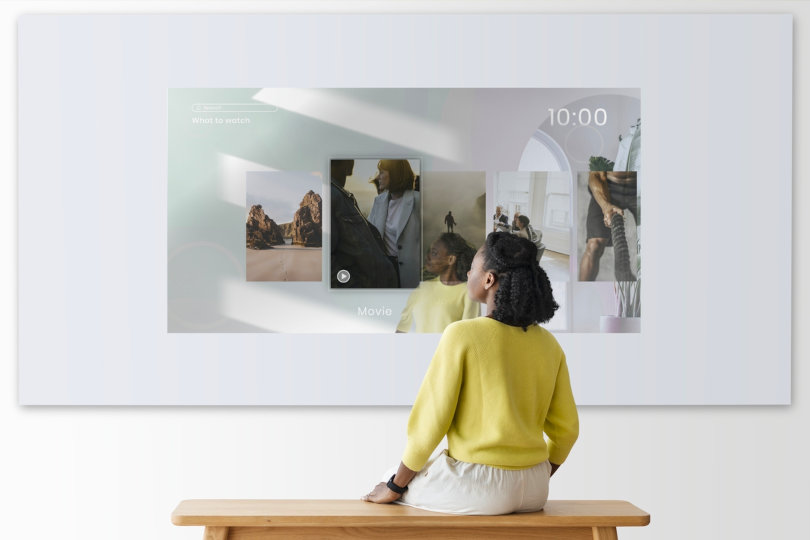Technology is an enabler for success – or, at least, it should be. Too frequently, companies invest in new technology, but it fails to deliver the results it is meant to. And it isn’t because the tech is broken or badly designed; it’s because the staff find it hard to change old habits.
Deeply engrained behavior is a constraint for progress: old habits die hard, and this prevents staff from readily adopting new technologies and methods – even when it actually makes their lives easier.

Breaking an old habit isn’t easy though, as anyone who has tried to quit smoking or biting fingernails can attest. But it is possible – and substitution is a successful technique for derailing our habitual trains of thought and getting us onto a new track. Substitution works because it gives our brains a replacement experience to focus on, and as it stays fixated on the new experience, the old ways fade into distant memory.
In theory, the new methodologies and technologies themselves should become this substitute experience, but it doesn’t always work out that way. Unless we can kick-start the adoption process, old habits can remain a constraint on future progress for a long time.
Why Companies Struggle to Adopt New Technologies
New technologies almost always mean new ways of doing things. Certainly, problems are never encountered when nothing visibly changes, like when we get updates to existing apps. It’s when things do visibly change that it becomes necessary to retrain staff.
A large chunk of our everyday activities consists of things that we do without really thinking about them. Things like brushing your teeth, driving to work, or printing a document, are all things that we find ourselves doing without needing to think critically about them beforehand (or during). This is because our brains are smart, and they are conserving resources.
Quite simply, we don’t need to ‘reinvent the wheel’ every time. This ability is often called ‘muscle memory’, and we use it rather a lot. It enables us to take a walk while simultaneously thinking up schemes for world domination, or singing a jaunty tune about cats, for example.
The downside of this ability is that it makes it hard to change things once we have an established pattern.
Believe it or not, many people resent the feeling of making errors. As a result of this resentment, people frequently misinterpret the ‘error’ when they accidentally do things ‘the old way’ as being a negative attribute of the new process, instead of it being their mistake.
This is a phenomenon often seen when a driver narrowly avoids hitting a pedestrian or cyclist and leans on the horn to deflect blame; it’s because they feel a rush of negative emotion and assume the source is external. Over a short time, this becomes a negative association with the new process, and then it becomes even harder to overcome.
To avoid this, it’s better to kick-start the process with an engaging retraining program that can create a strong new muscle memory from an ‘actual’ experience. Digital storytelling enables you to create this experience.

Using Digital Storytelling to Kick-start New Working Methods
Digital storytelling has been demonstrated to have incredible impacts for training and retraining. When done well, digital storytelling experiences can become a memorable and engaging event that the participants get a lot out of. The ability to reinforce the experience with emotional impacts and resonant narratives is what sets digital storytelling apart as a training technology.
When participants are engaged in a digital story-driven training program, they are making a full range of neural connections. This is even more pronounced in immersive experiences, which use a multi-sensory learning approach to add even more value and impact.
Why Immersive Experiences are So Good for (Re)training Programs
Digital storytelling is already a powerful way to execute training programs, as it creates longer lasting memories in a very short time. This accelerates learning programs and decreases the need for retraining afterwards.
However, when these training events are held in an immersive experience, this effect becomes even more pronounced.
An immersive experience is a wrap-around audiovisual environment that can be used to deploy digital storytelling. These can be conducted in specially designed Immersive Experience Rooms, or with a sufficiently large (sometimes curved) screen that fills the visual field. When the screens are equipped with touch-capability, these experiences can become interactive too.
The effect of digital storytelling is greatly multiplied in an immersive environment, because it puts the participant at the center of the action. They become more personally involved, and lack of external distractions ensures that the focus remains constant.

Using Digital Storytelling for Retraining and Onboarding
Retraining is one problem area that all workforces need to deal with from time to time. It can happen whenever new responsibilities are placed on a department as the company develops, when a correction must be made to existing processes, or if new technology is adopted. However, the need for training is constant.
All companies need to ensure that they invest sufficiently in a workforce that is equipped with the skills and knowledge they need to do their job, and to adapt when things unexpectedly change. Training is certainly needed when new staff join a company too, as they need to be fully onboarded. A smooth onboarding process can help new recruits to settle-in, and start being as effective and productive as soon as possible.
However, training always incurs a cost. The time spent onboarding or training staff is never a waste, but it must be optimized to ensure that it is efficient. Digital storytelling can massively reduce the time spent on training, and makes it easier to adapt training programs over time. This has a long-lasting benefit that ensures that training programs reach their goals consistently, and with the minimal long-term cost.







